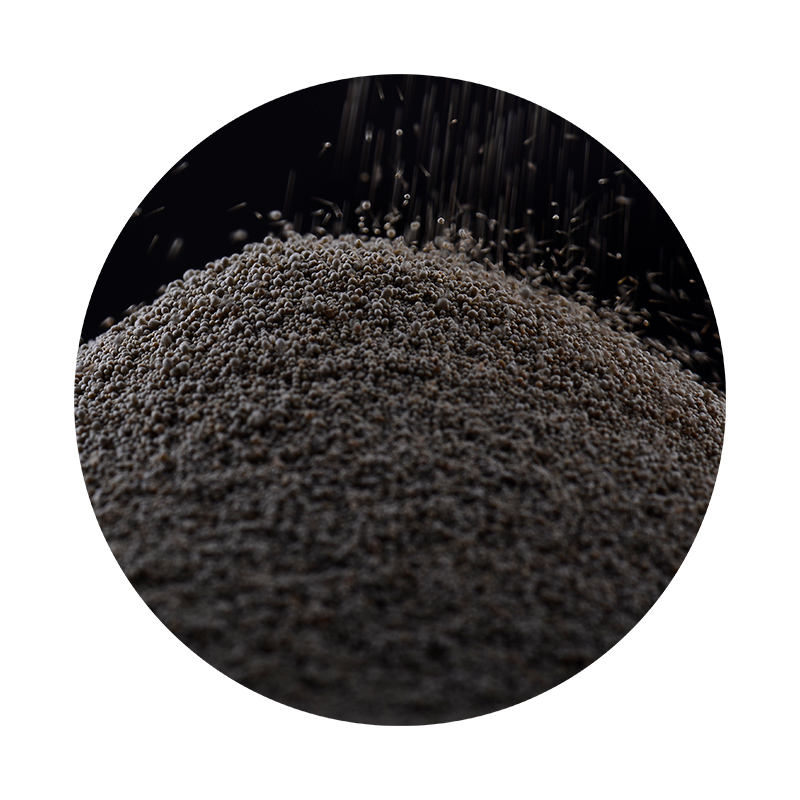Applications of Sand Casting Process
Sand casting is a widely used metal casting process that employs sand as the primary mold material. It is one of the oldest and most versatile casting techniques, offering numerous advantages and applications across various industries. This article explores the significant applications of the sand casting process, highlighting its importance and utility in today's manufacturing landscape.
Overview of Sand Casting
Before delving into specific applications, it's essential to understand the basic principles of sand casting. The process begins with the creation of a mold from a mixture of sand, clay, and water. This mixture is compacted to form a mold cavity, into which molten metal is poured. Once the metal solidifies, the mold is broken apart, revealing the cast object. Sand casting is favored for its ability to produce large, complex shapes with excellent surface finishes and minimal machining requirements.
Automotive Industry
One of the most prominent applications of sand casting is in the automotive industry. Sand casting is used to manufacture various components such as engine blocks, cylinder heads, and transmission cases. The ability to produce large and intricate parts with a high degree of precision makes sand casting an ideal choice for automotive parts. Additionally, the cost-effectiveness of sand casting enables manufacturers to produce components in large quantities while maintaining quality and performance standards.
Aerospace Industry
The aerospace sector also heavily relies on sand casting for producing critical components, including turbine housings and structural parts. The materials used in aerospace applications often require high-strength alloys that can withstand extreme temperatures and pressures. Sand casting allows for the creation of complex geometries that are essential in aerodynamics, ensuring that parts not only fit perfectly but also function efficiently in demanding conditions. The lightweight nature of sand-cast components significantly contributes to the overall efficiency of aircraft.
Art and Sculpture
applications of sand casting process

Beyond industrial applications, sand casting is used in the artistic domain for creating sculptures and decorative items. Artists and sculptors employ sand casting to bring their creative visions to life, utilizing the process to produce intricate designs and unique artworks. The ability to replicate designs through sand casting makes it a preferred technique in the production of limited-edition sculptures, allowing artists to maintain the integrity of their original pieces while reaching a broader audience.
Machinery and Equipment
In the machinery sector, sand casting is utilized to manufacture various components such as gears, housings, and frames. These components often require high strength and durability, which sand casting can provide through the use of appropriate alloys. The flexibility of sand casting allows for the production of both large and small parts, accommodating the diverse needs of machinery applications. Additionally, the process supports rapid prototyping, enabling quick iterations in design and function.
Oil and Gas Industry
The oil and gas industry is another critical area where sand casting plays a vital role. Components such as valves, pumps, and fittings are often made using this casting method. The harsh environments and high pressures found in oil and gas extraction necessitate robust and reliable parts, which can be effectively produced through sand casting. The ability to create custom-sized components rapidly also helps in addressing the unique challenges posed by different drilling sites and operational requirements.
Marine Applications
The maritime sector benefits significantly from sand casting as well, particularly in the production of ship parts, propellers, and fittings. The corrosive nature of seawater demands that components be made from materials that can withstand harsh conditions, and sand casting can facilitate the use of alloys that resist corrosion and provide lasting durability. The versatility of sand casting enables manufacturers to produce both small and large marine components, contributing to the overall efficiency and safety of waterborne vessels.
Conclusion
In conclusion, the applications of the sand casting process span multiple industries, including automotive, aerospace, art, machinery, oil and gas, and marine. The method's versatility, cost-effectiveness, and ability to produce complex shapes with precision make it an invaluable technique in modern manufacturing. As industries continue to innovate and evolve, the sand casting process is likely to remain a foundational component of metal casting, adapting to meet the growing demands of technological advancements and market needs.
Post time:11 月 . 11, 2024 10:06
Next:properties of foundry sand
